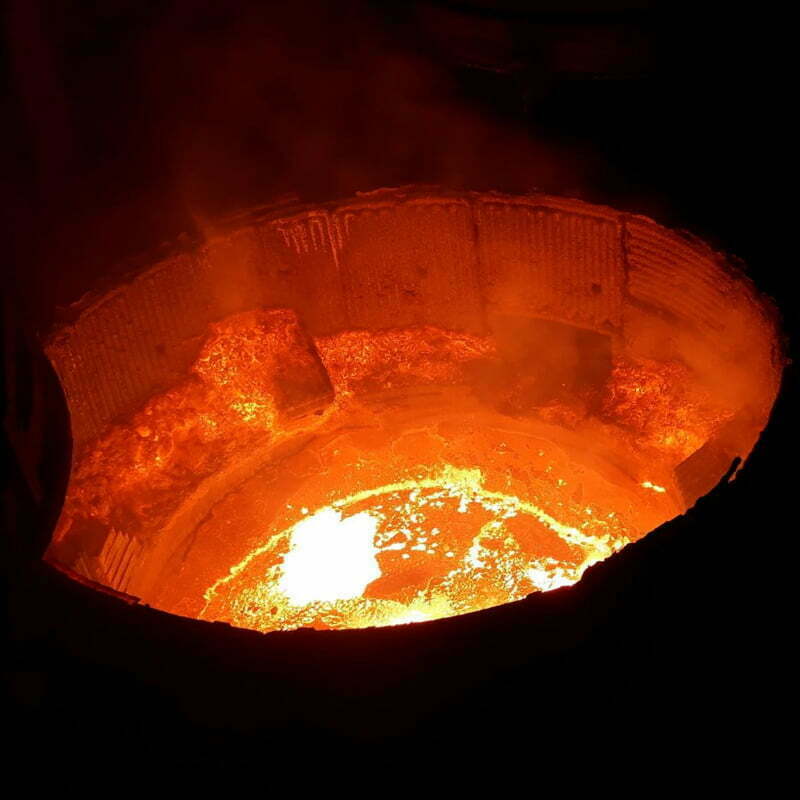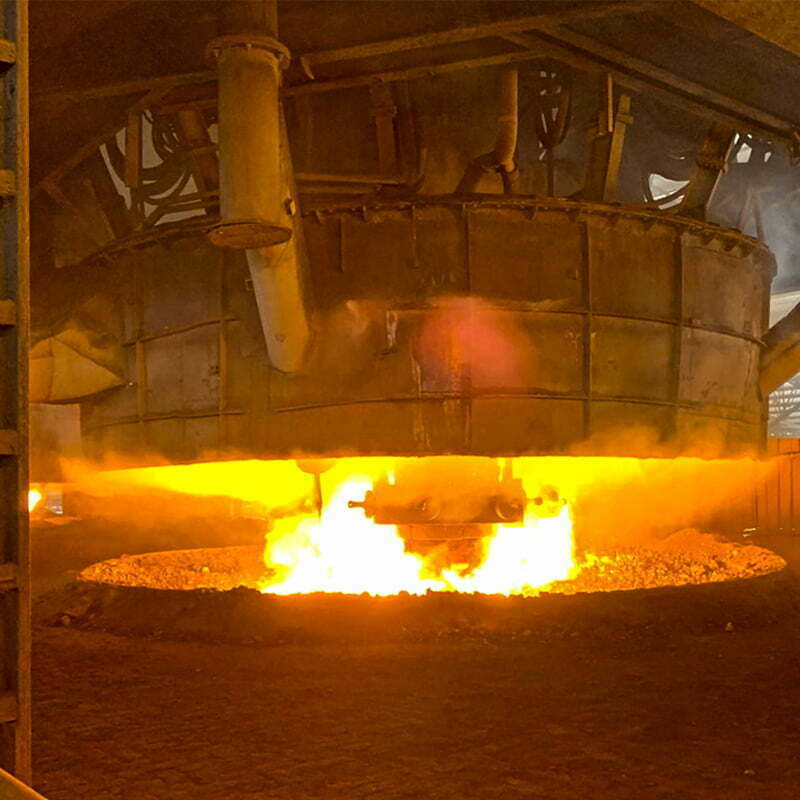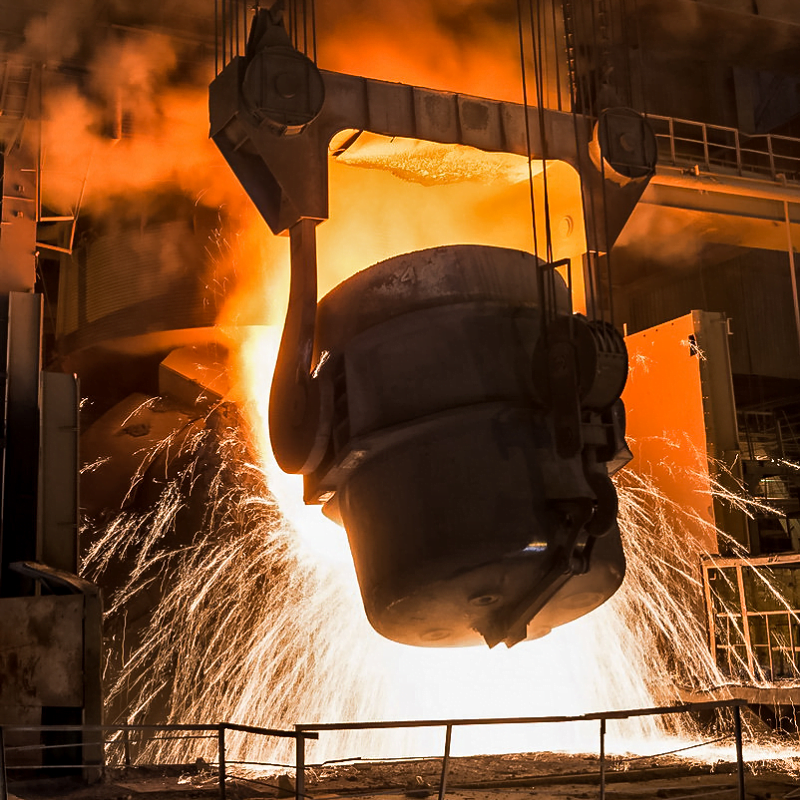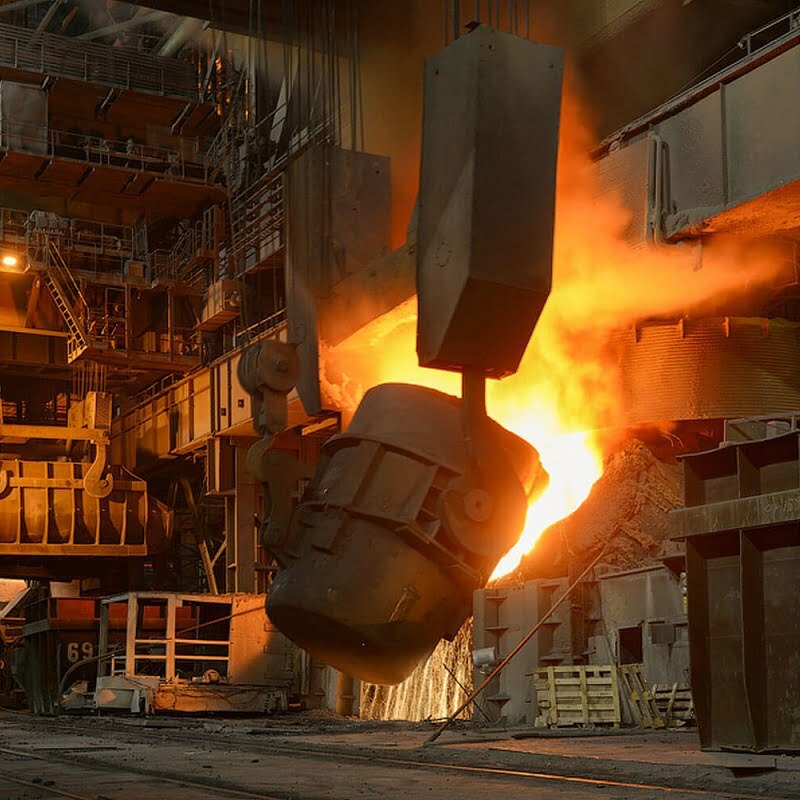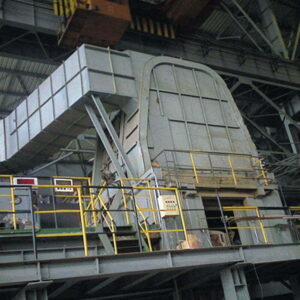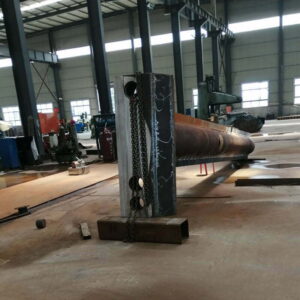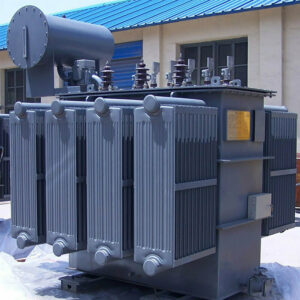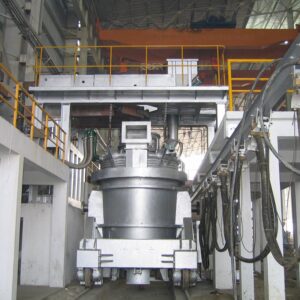Description
Submerged arc furnace lining is composed of steel plate, thermal insulation layer (asbestos board), thermal insulation layer (slag bulk material), thermal insulation layer (refractory brick) and high temperature working layer (carbon brick or magnesia brick).
Its main function is thermal insulation and thermal insulation.
In submerged arc furnace smelting, the damage of electric furnace lining is inevitable due to high smelting temperature.
The damage rate of its parts is also inconsistent.
The lower part of the furnace wall, the center of the furnace bottom, and the tap hole are damaged quickly.
As a result, the life of the furnace lining is reduced, generally several years.
The length of the lining life is an important factor affecting production indicators and economic benefits.
Therefore, it is very necessary to improve the life of the furnace lining and maximize the life of the furnace lining.
Furnace Lining Structure
According to the different smelting varieties, the submerged thermal electric furnace can be divided into two types: heat preservation method and cooling method. The following is the specific content of the insulation method:
1. Heat preservation method furnace lining structure
The lining structure design of high temperature furnace emphasizes the integrity of the lining structure.
For the submerged arc furnace, the joint is the channel through which the slag and metal gas penetrate into the furnace lining, and the infiltration is an important cause of damage to the furnace lining.
The smelting temperature of the submerged arc furnace is related to the melting point of the alloy and slag and the ease of reduction of the alloying elements.
For example: the density of high carbon ferromanganese is as high as 7.1 kg/L, and its melting point is only 1200 ℃. Although the temperature in the melting zone is not high, it is easy to penetrate into the furnace lining;
The melting point of calcium carbide (CaC2) is 2300 °C, and calcium (Ca) is difficult to reduce, so its smelting temperature is above 2300 °C.
The by-product ferrosilicon produced in the smelting process has a melting point below 1350°C and a density of 3.5 kg/L (containing 75% Si) to 5.15 kg/L (containing 45% Si), which is 2.22 kg/L higher than the density of calcium carbide. L;
Therefore, the ferrosilicon in the calcium carbide furnace is very easy to infiltrate the bottom of the furnace and cause the bottom of the furnace to rise, and the electrode is not easy to be deeply inserted.
Measures to Improve Lining Integrity & Reduce Lining Leakage
(1) The use of unshaped refractory materials or the use of refractory brick wet laying method.
For example: using phosphate refractory mud to build high-alumina bricks or clay bricks;
For carbonaceous furnace lining, carbonaceous ramming material can be used to knot the furnace lining or anhydrous resin as the binder of carbon bricks to improve the adhesion between bricks.
(2) New non-burning materials such as self-baking carbon bricks are used, and they are sintered into one in the oven and smelting process.
(3) Guarantee the geometric size and masonry quality of refractory bricks.
The use of finely machined calcined carbon bricks can minimize the brick joints and ensure the fullness of the brick joint mud and the strength of the joints after sintering.
(4) Select a suitable oven system to improve the furnace opening process.
In addition to the above measures to reduce or eliminate leakage, the furnace lining structure scheme introduced by HANI adopts thermal insulation measures for the periphery of the furnace and the bottom of the electric furnace;
While prolonging the service life of the electric furnace, it saves energy and reduces consumption, increases productivity and improves operating conditions.
Smelting calcium carbide, ferrosilicon, metal silicon and other submerged thermal electric furnaces are all slag-free smelting.
Due to the high melting point of the alloy, as long as the furnace bottom does not penetrate, it is easy to form a protective layer on the inner wall of the furnace.
Therefore, the heat preservation method furnace lining structure has achieved good results in the smelting of the above-mentioned types of electric furnaces.
Since the 1980s, it has been popularized and applied to the submerged arc furnace, and the life of the furnace lining has been generally increased by 1 to 1.5 times.
It not only improves the operating conditions and achieves the effect of energy saving and consumption reduction, but also greatly improves the production efficiency.
SAF Type & Service
HANI Metallurgy is a SAF China manufacturer with rich experience in production and export.
We can design and manufacture furnaces with the appropriate power according to the specific needs of our customers.
Types of Furnaces
SAF is mainly used for reduction of raw materials such as smelting ores, carbonaceous reducing agents and solvents.
It mainly produces ferrosilicon, ferromanganese, ferrochrome, ferrotungsten, silicomanganese alloy and other ferroalloys.
The following models are in high demand by users
16500KVA industrial silicon, 12500KVA silicon-aluminum furnace, 16500KVA silicomanganese furnace, 16500KVA ferro-nickel furnace, 33000KVA ferrosilicon furnace, 33000KVA ferrosilicon furnace, 25500KVA ferrochrome furnace, 8000KVA industrial silicon furnace
and other customized furnaces according to customer requirements.
Services
HANI Metallurgy can provide “turnkey” services for technical solutions, production line design, plant layout, equipment manufacturing, installation and commissioning of relevant projects.
We can also design, manufacture, modify and upgrade your existing production equipment according to your requirements.
We will send our engineers to your factory to install and commission the machines and provide reliable after-sales service.
Our machines are easy to operate and maintain.
Production capacity can be adjusted according to customer requirements.
We supply complete plants as well as individual plants such as furnace shells, furnace covers, furnace liners, short grids, water cooling systems, fume extraction systems, dust removal systems, electrode shells, electrode press and lift systems, loading and unloading systems, grippers, burn-throughs, hydraulic systems, transformers for mineral-heating furnaces and various auxiliary equipment and accessories.

